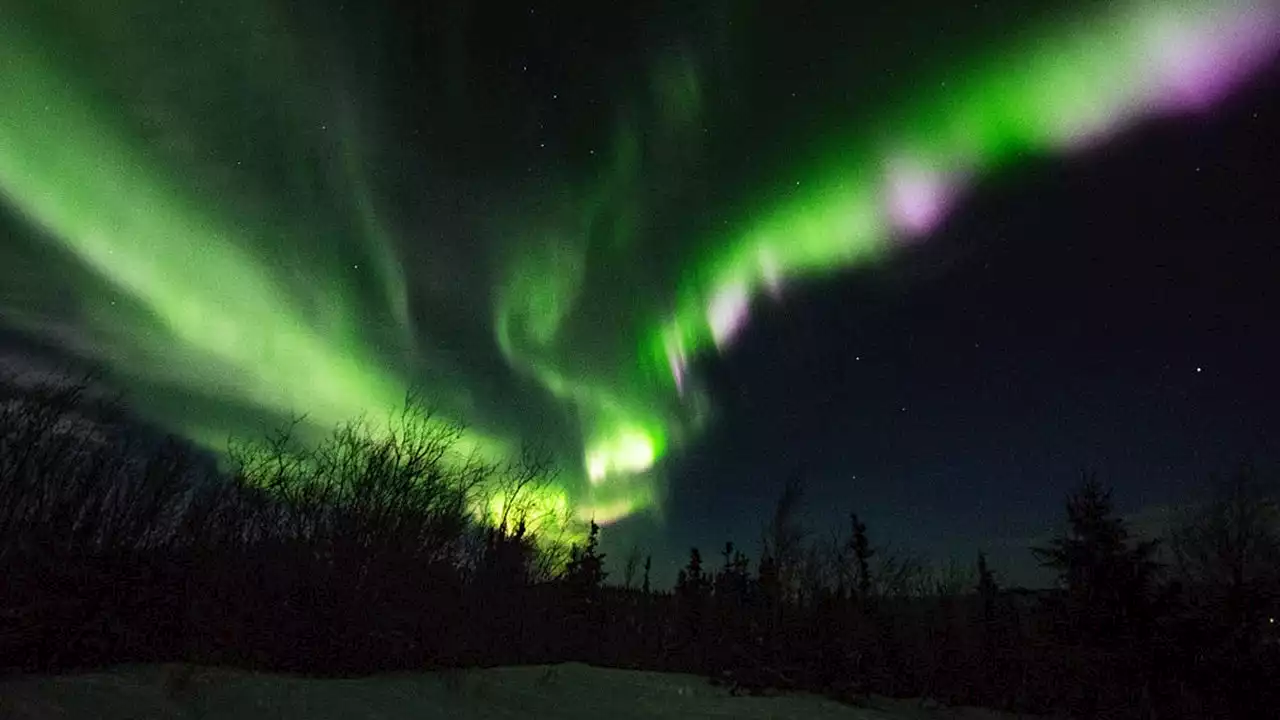NOAA predicts auroras could be seen as far as Oregon, Pennsylvania and even Iowa from Wednesday to Friday.
FILE - The aurora borealis appears in the sky on Jan. 8, 2017, near Ester Dome mountain about 10 miles west of Fairbanks, Alaska.
The storm was originally predicted to be no stronger than a category G2 but since the sun ejected multiple CMEs, at least four of those could have direct contact with Earth, upping the category to a G3, During this cycle, large eruptions of immense energy containing the power of several nuclear bombs explode from the surface of the sun, ripple through space and inevitably strike Earth. These are CMEs. Traveling at over a million miles per hour, the ejected mass of protons and electrons can cross the 93-million-mile distance from the sun to the Earth in a matter of days.
But every now and then, this massive explosion of energy does hit our planet, resulting in a geomagnetic storm which usually manifests into auroral lights typically seen near the north and south poles.
United States Latest News, United States Headlines
Similar News:You can also read news stories similar to this one that we have collected from other news sources.
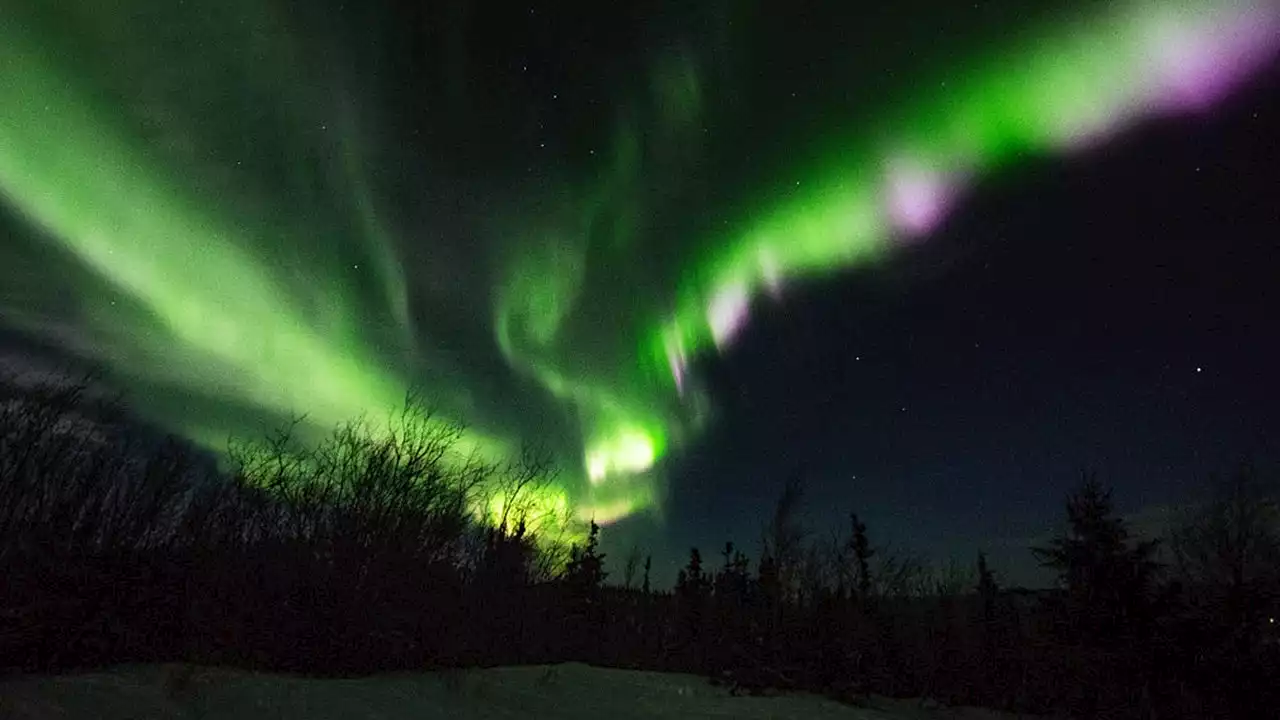 Space weather alert: G3 storm could cause northern lights as low as IowaNOAA predicts auroras could be seen as far as Oregon, Pennsylvania and even Iowa.
Space weather alert: G3 storm could cause northern lights as low as IowaNOAA predicts auroras could be seen as far as Oregon, Pennsylvania and even Iowa.
Read more »
 Statement from NOAA Administrator on signing of historic Inflation Reduction ActStatement from NOAA Administrator Dr. Rick Spinrad on signing of historic Inflation Reduction Act that includes a $3.3B investment in NOAA’s work to build a ClimateReadyNation: rickspinradnoaa
Statement from NOAA Administrator on signing of historic Inflation Reduction ActStatement from NOAA Administrator Dr. Rick Spinrad on signing of historic Inflation Reduction Act that includes a $3.3B investment in NOAA’s work to build a ClimateReadyNation: rickspinradnoaa
Read more »
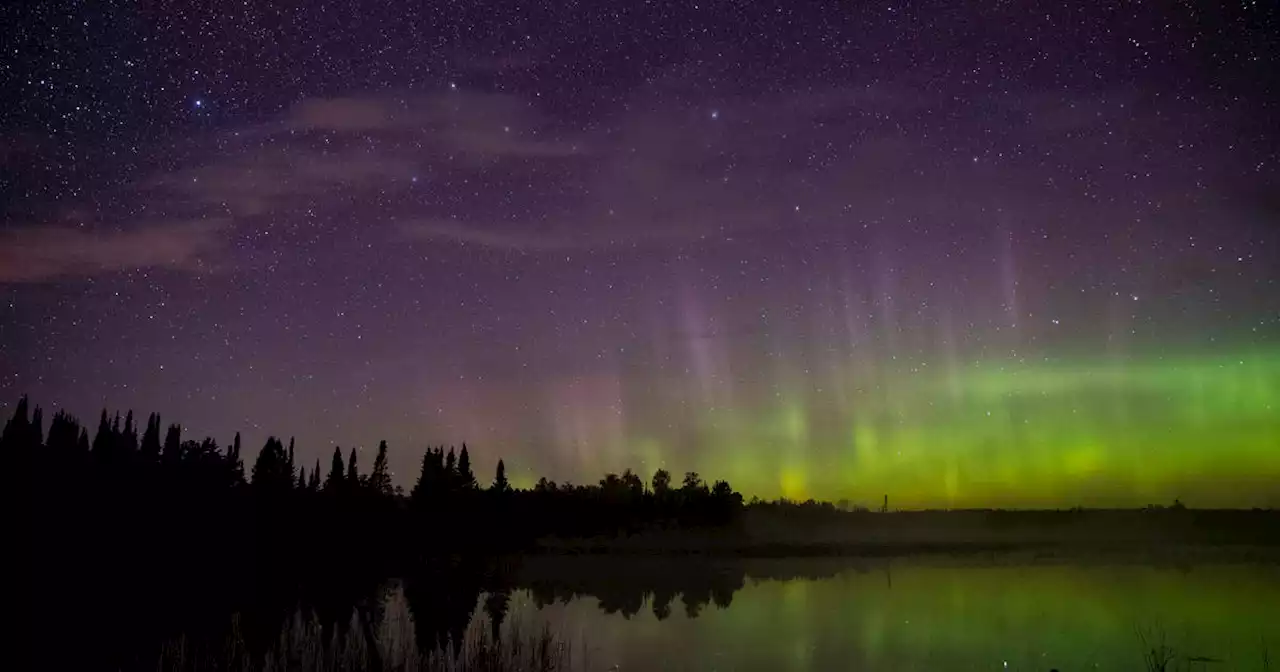 A 'cannibal' solar ejection heading straight for Earth could bring northern lights as far south as Illinois and trigger power voltage issuesA 'cannibal' solar ejection could trigger a strong storm on Earth in the coming days that could require some power voltage systems to be corrected and make northern lights visible outside of their usual realm.
A 'cannibal' solar ejection heading straight for Earth could bring northern lights as far south as Illinois and trigger power voltage issuesA 'cannibal' solar ejection could trigger a strong storm on Earth in the coming days that could require some power voltage systems to be corrected and make northern lights visible outside of their usual realm.
Read more »
 The Saharan Air Layer: What is it? Why does NOAA track it?The dust of the SaharanAirLayer sure hasn't settled! Seen in this 5-day TimelapseTuesday imagery from GOESEast, this dry, dusty air from the Sahara Desert travels across the Atlantic and can affect tropical weather development. More:
The Saharan Air Layer: What is it? Why does NOAA track it?The dust of the SaharanAirLayer sure hasn't settled! Seen in this 5-day TimelapseTuesday imagery from GOESEast, this dry, dusty air from the Sahara Desert travels across the Atlantic and can affect tropical weather development. More:
Read more »
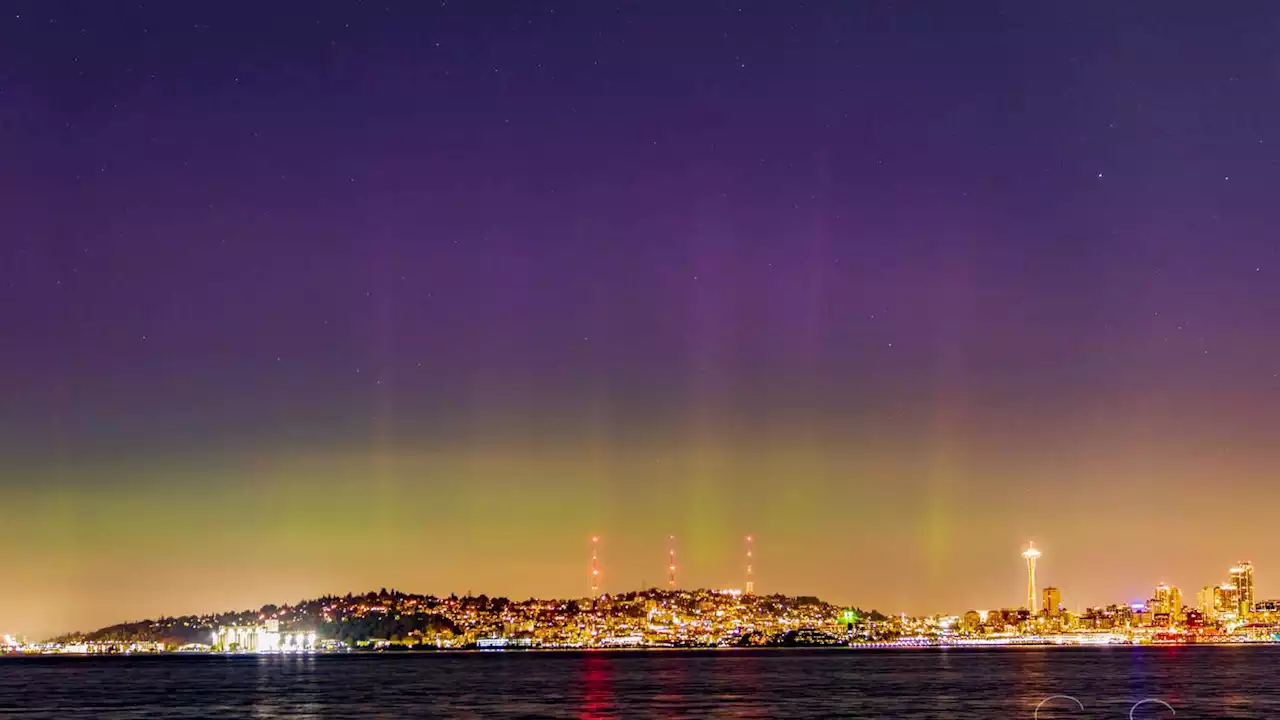 Northern lights may be visible in Western Washington thru Thursday nightThe G3 Geomagnetic storm could provide a show as far south as the border of Washington and Oregon on Wednesday night.
Northern lights may be visible in Western Washington thru Thursday nightThe G3 Geomagnetic storm could provide a show as far south as the border of Washington and Oregon on Wednesday night.
Read more »
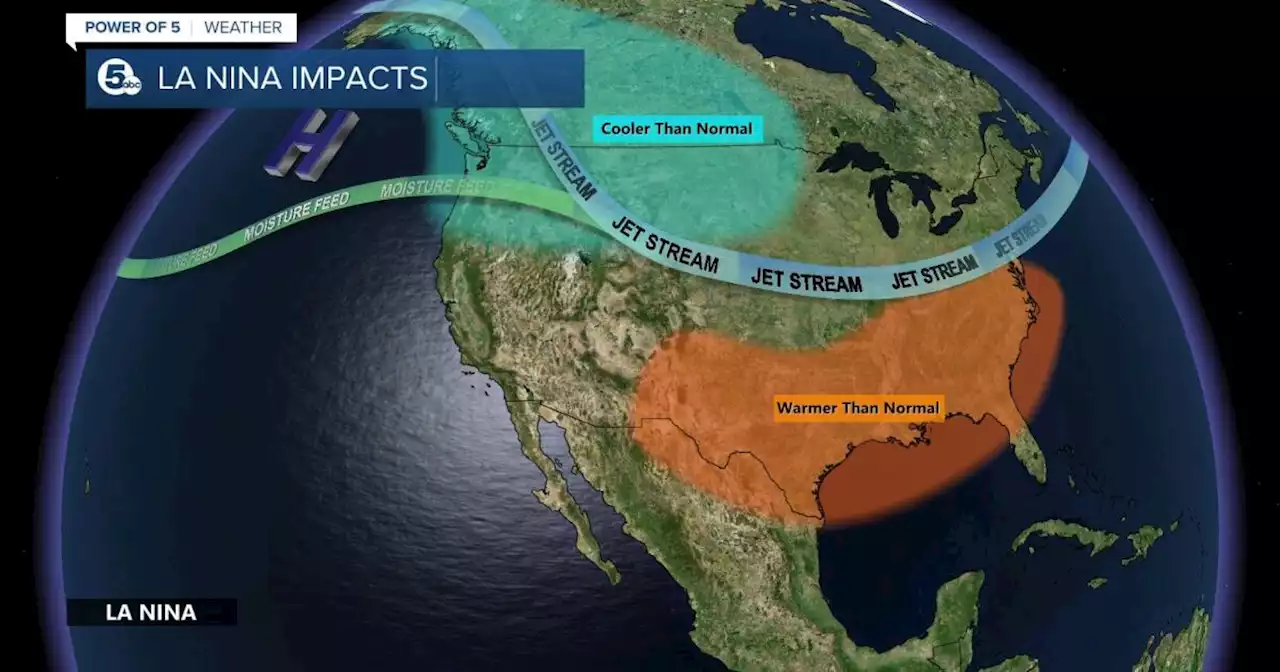 Latest La Nina forecast a rare one; expected to bring a wetter-than-normal winter to Northeast OhioAccording to the NOAA, an uncommon third La Nina winter is expected across the United States. For Cleveland, that will likely mean above-average precipitation for the winter months.
Latest La Nina forecast a rare one; expected to bring a wetter-than-normal winter to Northeast OhioAccording to the NOAA, an uncommon third La Nina winter is expected across the United States. For Cleveland, that will likely mean above-average precipitation for the winter months.
Read more »
